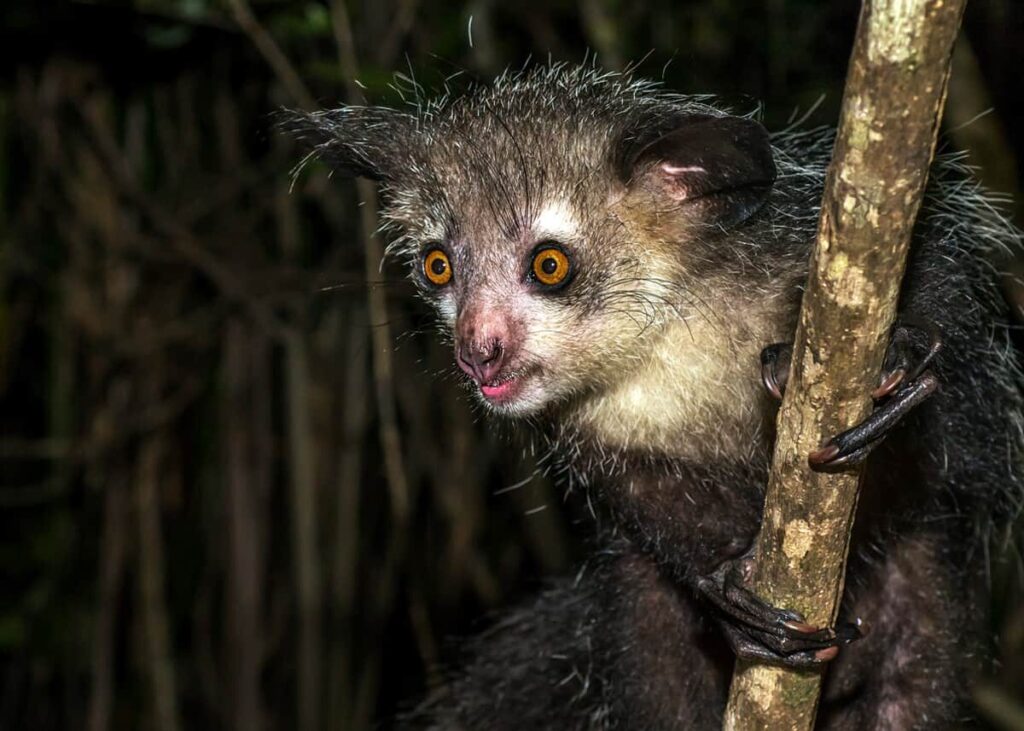
In the vast tapestry of the natural world, there are creatures that defy imagination and challenge our understanding of life on Earth. From the depths of the ocean to the remote corners of the rainforest, these beings exhibit a peculiar charm that sparks our curiosity. Join me on a journey as we unravel the mysteries of the 10 weirdest creatures you never knew existed.
1. The Axolotl:

Dive into the mystical waters of Mexico, and you might encounter the axolotl, a remarkable amphibian that remains in a perpetual state of adolescence. Unlike other salamanders, the axolotl retains its aquatic larval features throughout its entire life, making it a captivating anomaly in the animal kingdom.
2. The Aye-Aye:
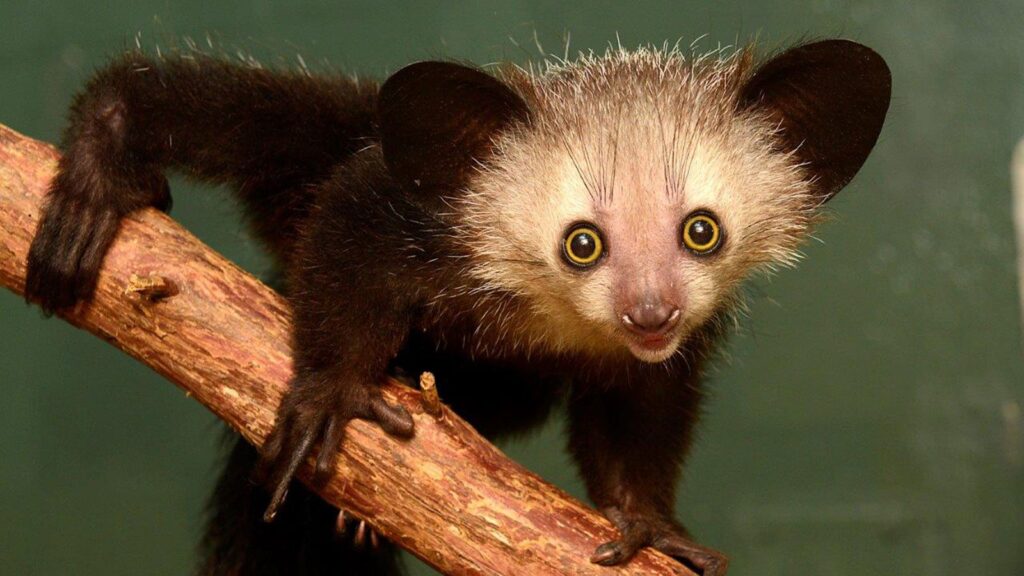
Venture into the shadows of Madagascar, and you might stumble upon the aye-aye, a bizarre primate with a long, skeletal middle finger. This nocturnal creature uses its unique digit to tap on trees, listening for echoes to locate hidden insects—an ingenious hunting strategy that adds to its mystique.
3. The Blobfish:

Plunge into the depths of the ocean, and you might encounter the blobfish, a peculiar-looking creature that seems to defy the laws of beauty. Adapted to survive in the extreme pressure of the deep sea, the blobfish transforms into an amorphous gelatinous mass, challenging our perceptions of what a fish should look like.
4. The Narwhal:
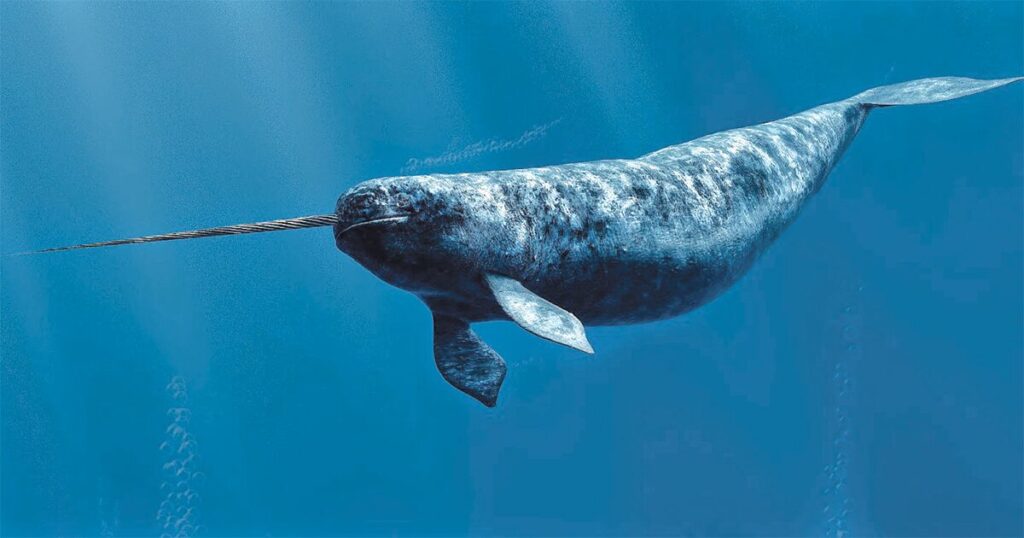
Embark on a journey to the Arctic, and witness the narwhal—a majestic whale with a long, spiral tusk reminiscent of a mythical unicorn horn. This extraordinary adaptation remains an enigma, with scientists speculating on its purpose, whether for sensory perception or social signaling.
5. The Kakapo:
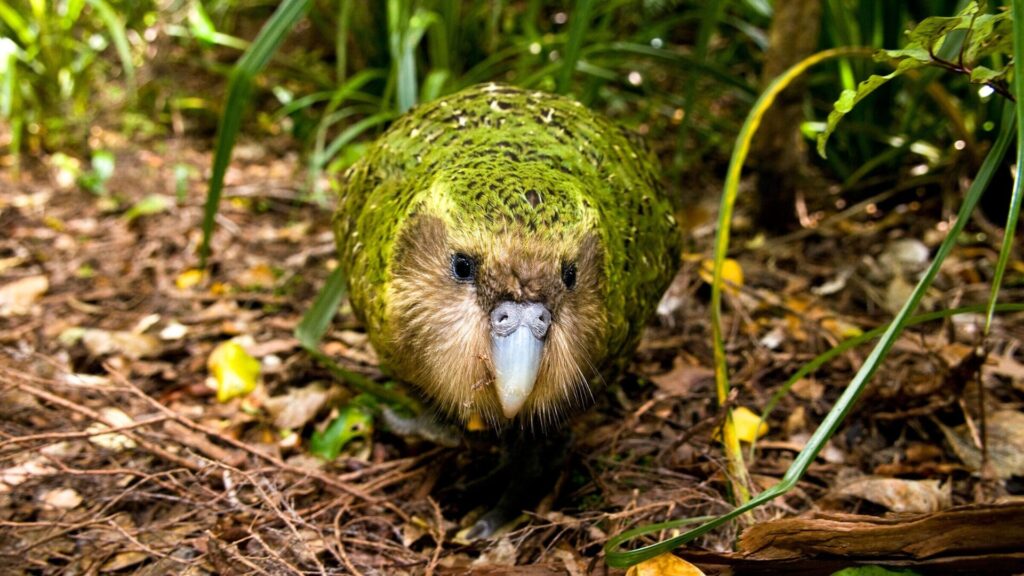
Visit the lush landscapes of New Zealand, and you might encounter the kakapo, a hefty parrot that has traded flight for extraordinary climbing abilities. Endearing and critically endangered, the kakapo’s story is one of resilience and conservation efforts to protect this charming, ground-dwelling avian.
6. The Fossa:
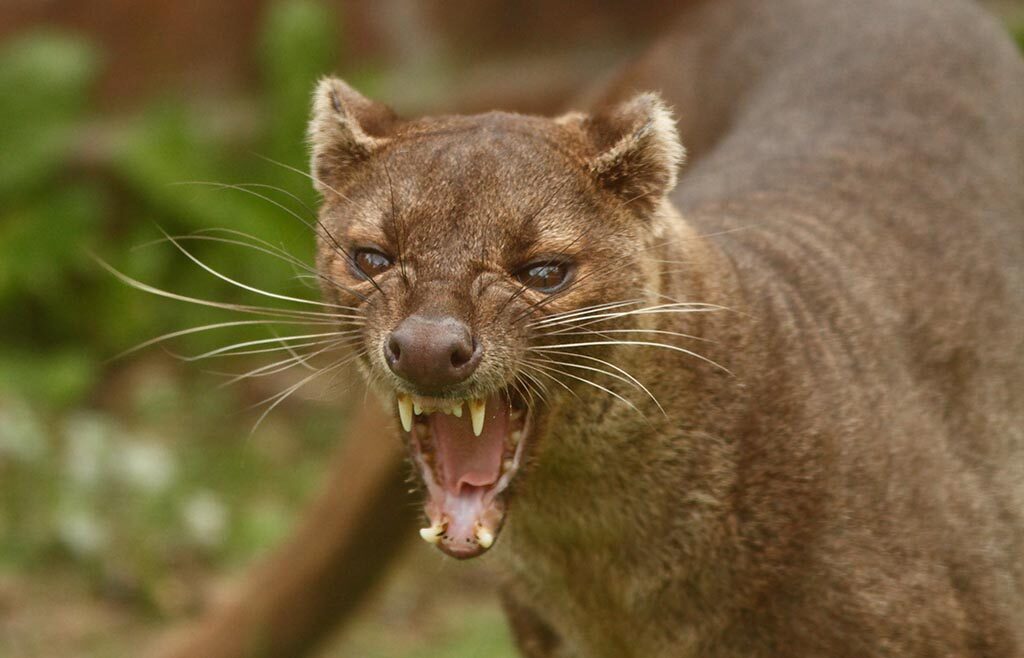
Uncover the secrets of Madagascar’s unique ecosystems, where the fossa roams as the island’s top predator. Resembling a blend of cat and mongoose, the fossa’s adaptations highlight the evolutionary wonders that occur in isolation, shaping distinct and unusual species.
7. The Dumbo Octopus:
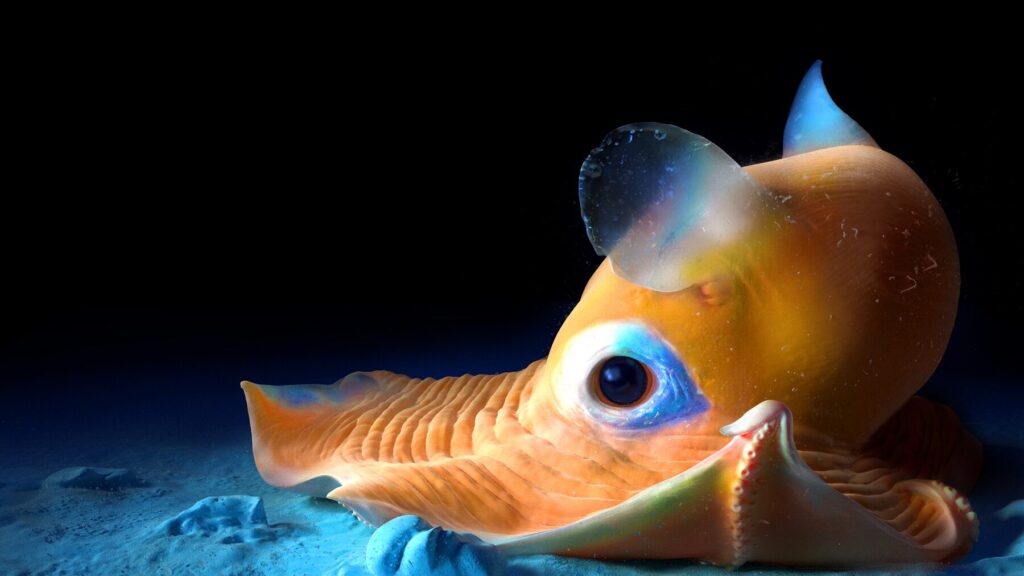
Descend into the abyssal plains, and you might encounter the dumbo octopus—an ethereal cephalopod that gracefully glides through the dark waters with ear-like fins. This captivating creature showcases the beauty and diversity hidden in the deep-sea realms.
8. The Star-Nosed Mole:
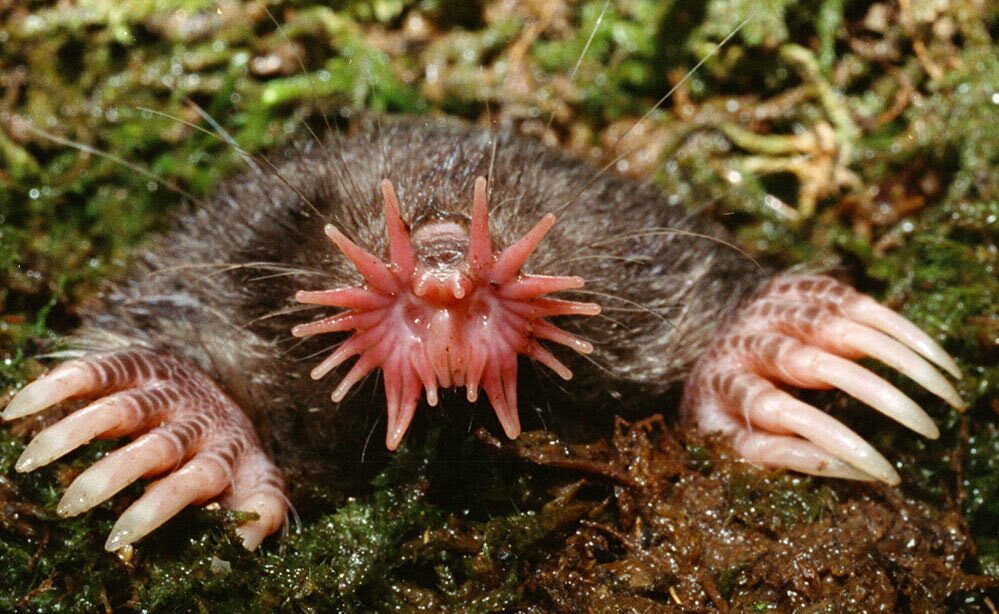
Burrow into the soils of North America, and you’ll find the star-nosed mole—a small mammal with a bizarre star-shaped nose. This incredible adaptation allows the mole to navigate its subterranean world with unparalleled precision, demonstrating the marvels of tactile exploration.
9. The Maned Wolf:
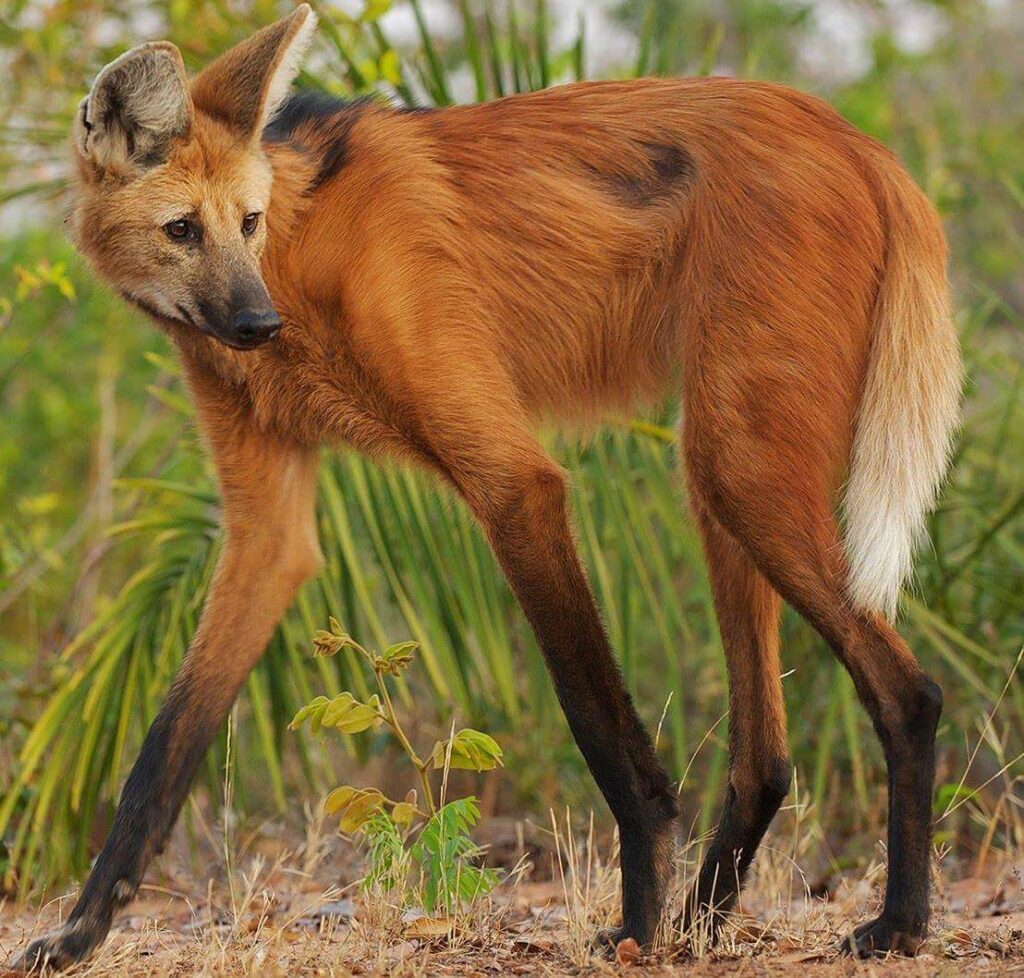
Roam the grasslands of South America, and you may encounter the maned wolf—an elegant canid with long legs and a distinctive mane. Despite its name, this creature is not a wolf but rather a unique species with a penchant for fruit and an important role in its ecosystem.
10. The Shoebill:
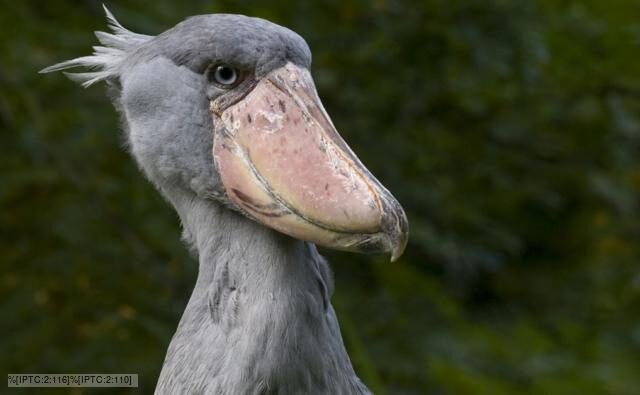
Wade through the swamps of tropical East Africa, and you might spot the shoebill—a prehistoric-looking bird with a massive shoe-shaped bill. This avian oddity stands as a testament to the diversity of life and the adaptations that emerge in the dynamic environments of wetlands.
Conclusion:
Nature’s creativity knows no bounds, and these 10 weirdest creatures exemplify the extraordinary diversity that exists on our planet. From the depths of the ocean to the heart of remote landscapes, these beings challenge our understanding and spark a sense of wonder. Embracing the perplexity and burstiness of the natural world enriches our appreciation for the bizarre and the beautiful.
RELATED
- 10 Unexplained Phenomena that Continues to Haunt Our Collective Imagination
- Science Drops the Mic: 5 Mind-Blowing Discoveries That Rebooted Reality
- Weirdest Inventions Ever Made: You would never believe they exist!!!!
- 10 Most Weirdest and Wondrous Museums Around the Globe
FAQs:
Q1: Why does the blobfish look so different from other fish?
A1: The blobfish’s appearance is a result of its adaptation to survive in the extreme pressure of the deep sea. Its gelatinous structure allows it to withstand the conditions found in the abyssal depths.
Q2: What purpose does the narwhal’s tusk serve?
A2: While the exact purpose of the narwhal’s tusk is still debated, scientists believe it might be used for sensory perception, communication, or breaking through sea ice.
Q3: How does the star-nosed mole use its unique nose for navigation?
A3: The star-shaped nose of the mole is highly sensitive, with numerous touch receptors. It helps the mole navigate and locate prey in its underground habitat with remarkable speed and accuracy.
Q4: Why is the kakapo critically endangered?
A4: The kakapo’s flightlessness and ground-dwelling nature make it vulnerable to predators introduced by humans. Conservation efforts are ongoing to protect and revive this unique parrot species.
Q5: How did the shoebill get its name?
A5: The shoebill earned its name due to its distinctive shoe-shaped bill. This bill is adapted for catching and consuming its prey in the swamps where it resides.


